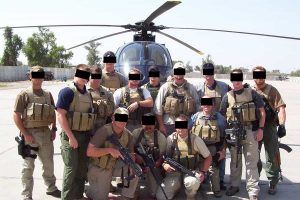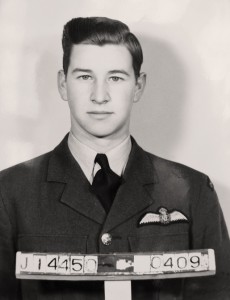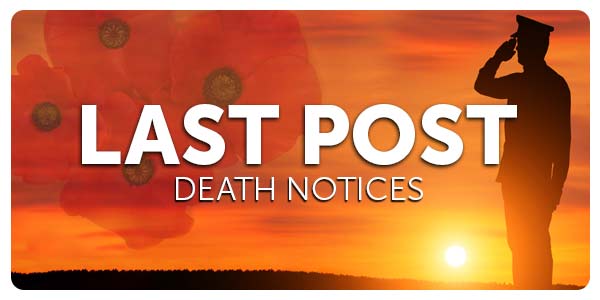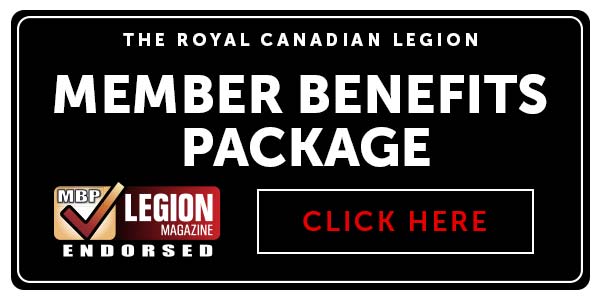This past summer wasn’t a good one for the image of the Canadian Army, coming just after commitments were made by Prime Minister Mark Carney to increase Canadian defence expenditures to five per cent of the country’s gross domestic product by 2035. In quick succession this past July, Canadian soldiers were revealed to have engaged in internet chatter that was antisemitic, anti-immigrant, and misogynistic.
Early in the month, the Ottawa Citizen detailed reports of a now-defunct hateful Facebook group, the Blue Hackle Mafia, made up of members of The Cameron Highlanders of Ottawa (Duke of Edinburgh’s). It had some 200 participants espousing opinions seemingly opposed to everything that Canadian values are supposed to represent. Some Highlanders had also posted pictures of their genitals.
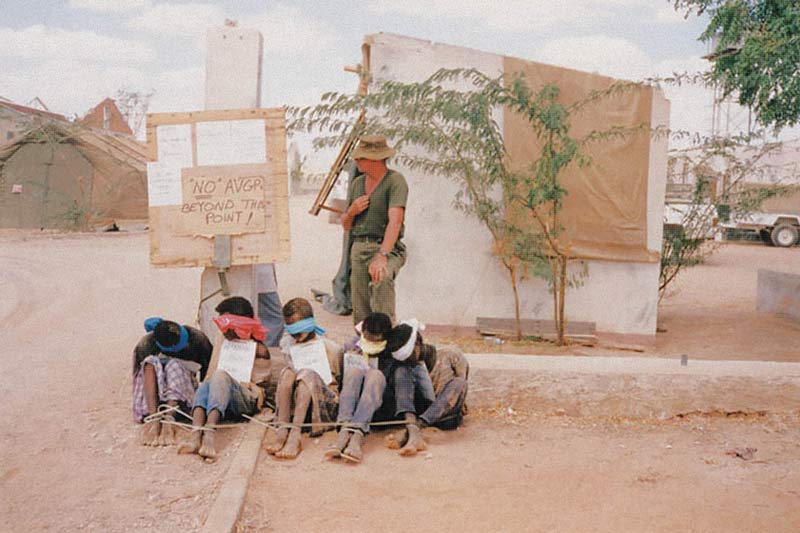
A member of the Canadian Airborne Regiment stands behind bound and blindfolded Somali civilians during a UN-backed humanitarian mission to the country in the early 1990s.[LAC/3604003]
Meanwhile, days later, the RCMP arrested four suspects—two of them active soldiers—for plotting an armed revolt aimed at taking territory in the Quebec City area and using it as a base for an anti-government militia. They had a stockpile of 16 explosive devices, 83 firearms and accessories, some 11,000 rounds of ammunition, 130 magazines and four pairs of night-vision goggles.
Once again, the media has revealed soldiers of the Canadian army who appeared racist, dangerous and armed. The stories are reminiscent of some from 30 years ago.
In the early 1990s, members of 2 Commando, Canadian Airborne Regiment (CAR) at Canadian Forces Base Petawawa in Ontario filmed themselves engaging in racist behaviour, destroying the car of an officer and using military pyrotechnics to celebrate drunken parties in the wilderness near the base.
In Canada, revelations of such abhorrent behaviour are typically followed by pledges at the highest level to crack down and take action. But it continues.
Sent to Somalia on a peace enforcement mission not long afterward, members of the unit killed several Somali civilians, including Shidane Arone, a teenager who had snuck onto the CAR base at Belet Huen, allegedly to steal helicopter parts for the black market. Two commandos beat Arone to death while he was in custody. This sparked the Somalia Affair, which embroiled the CAF in investigations into violent abuses in the military for almost a decade.
The problem with such behaviour is obvious: young men, armed by taxpayers, show racist and misogynist behaviour that demonstrates they’re a danger to other soldiers and to the Canadian public.
At least two recently completed studies—former Supreme Court justice Louise Arbour’s May 2022 report on sexual misconduct and University of Alberta political scientist Andy Knight’s February 2025 paper on white supremacy—revealed similar behaviour. These latest findings support several studies conducted after the killing of Arone that also found racist behaviour in the military before, and during, the deployment to Somalia 30 years ago.
Canada’s military isn’t the only one facing such challenges. Similar cases have arisen in Britain, Australia and the U.S. In Canada, revelations of such abhorrent behaviour are typically followed by pledges at the highest level to crack down and take action. But it continues.
Militaries have long enticed young men (and young women, too) who appreciate weapons, regimented discipline and adventure, and who sometimes behave in ways that would otherwise be unacceptable in civilized society. So, what can be done about it?
First, use testing to filter out as many of these individuals as possible, but understand that some will get through. From there, high command—all the way up to the minister—needs to treat these problems as seriously as any other the military may face. And never stop examining what goes on in the ranks.
Next, provide strong and continuing leadership in these matters—never relent. In his report, Knight suggested that the recruitment pool needs to be widened to include far more non-white Canadians.
Finally, such behaviour must be subject to harsh penalties.
The army can follow the lead of professional sports. Several decades ago, Jim Bouton, a former pitcher for the New York Yankees and the Seattle Pilots, among others, wrote a memoir that revealed all sorts of terrible behaviour in Major League Baseball, including widespread use of drugs, racist behaviour and misogyny. Baseball, and subsequently other pro sports, eventually worked to reduce such behaviour and clean up their enterprises. They largely succeeded.
Surely there’s a lesson there for Canada’s military.
Read more on the Somalia Affair in David J. Bercuson’s 1996 book Significant Incident: Canada’s Army, the Airborne, and the Murder in Somalia.
Advertisement












